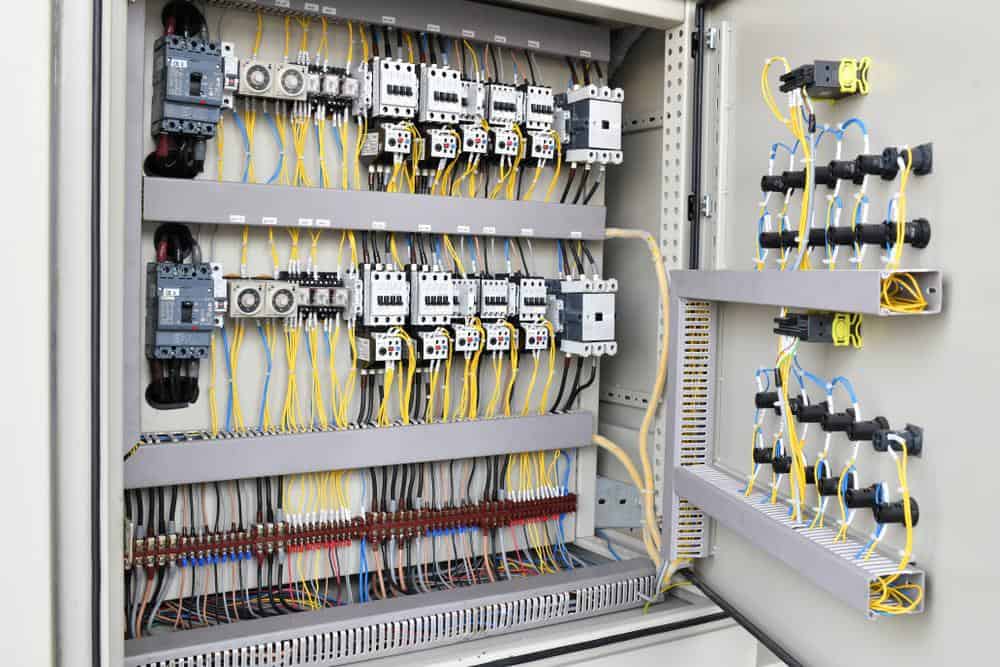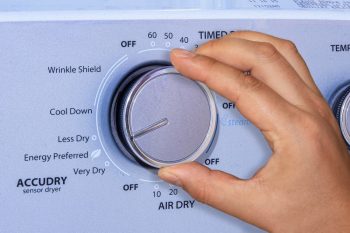
Testing a circuit breaker out of the panel may seem like a daunting task for many homeowners or DIY enthusiasts, but with the right tools and guidance, it can be a manageable undertaking. This article provides a comprehensive guide on how to test a circuit breaker out of the panel, including the necessary tools, step-by-step instructions, safety precautions, and tips for maintaining circuit breakers.
To test a circuit breaker out of the panel, first, turn off the main breaker to cut power. Remove the circuit breaker you want to test from the panel. Set your multimeter to measure resistance (ohms) and place the probes on the breaker’s terminals. A reading close to zero indicates a functioning breaker. If the reading is significantly higher or shows no continuity, the breaker might be faulty. Always exercise caution when working with electrical components.
Importance of Testing Circuit Breakers
Circuit breakers play a crucial role in protecting your home’s electrical circuits from overcurrent, short circuits, or electrical faults. They serve as an automatic circuit protection system that interrupts the current flow when a fault is detected. Regular testing of circuit breakers is vital for several reasons:
- Ensuring reliability: Studies show that if circuit breakers are left in service without being operated, their chances of functioning correctly decrease over time. Regular testing helps maintain their reliability and performance.
- Safety: Testing circuit breakers helps ensure the safe operation of electrical systems, protecting both equipment and personnel from electrical hazards.
- Regulatory compliance: In many jurisdictions, testing circuit breakers and relays is a regulatory requirement to verify their correct operation and calibration.
- Preventative maintenance: Periodic testing can identify early indications of potential issues, allowing for timely maintenance and preventing more significant problems.
- Cost-effectiveness: Regular testing of circuit breakers is a cost-effective part of any maintenance strategy, as it helps prevent expensive equipment damage and reduces the risk of downtime due to electrical faults.
Tools and Equipment Needed
To test a circuit breaker out of the panel, you will need the following tools and equipment:
- Multimeter: A device used to measure electrical properties such as voltage, current, and resistance.
- Insulated screwdrivers: These are necessary for removing the fuse box and working with electrical components safely.
- Insulated gloves: Wearing insulated gloves can help prevent electric shock while working with electrical components.
Step-by-Step Guide to Testing a Circuit Breaker
Follow these steps to test a circuit breaker safely and accurately:
- Turn off the main breaker: Before you start, make sure to turn off the main breaker to cut power to the entire panel. This will ensure your safety while working with the circuit breakers.
- Remove the circuit breaker: Carefully remove the circuit breaker you want to test from the panel. Be cautious while handling the breaker to avoid any damage.
- Set up the multimeter: Set your multimeter to measure resistance (ohms). Make sure the multimeter is in the correct setting to prevent any damage to the device.
- Test the resistance: Place the multimeter probes on the circuit breaker’s terminals. The resistance reading should be close to zero ohms if the breaker is functioning properly. If the reading is significantly higher or shows no continuity, the breaker might be faulty.
- Reinstall the circuit breaker: If the breaker is functioning properly, reinstall it in the panel. If it’s faulty, replace it with a new one.
Remember to exercise caution while working with electrical components and consider hiring a professional electrician if you’re unsure about any step in the process.
Safety Precautions
Before testing a circuit breaker, it is essential to follow safety precautions to prevent electrical problems or harm to people. These precautions include proper training and equipment, wearing Personal Protective Equipment (PPE), turning off all power, using the correct device, avoiding improper amperage rating, ensuring working conditions meet requirements, operating within rated parameters, and testing with appropriate tools.
Maintenance Tips
Maintaining circuit breakers is crucial for ensuring their longevity and optimal performance. Some tips include regular inspections, cleanliness, exercising the operating mechanism, inspecting and maintaining contacts, lubricating moving parts, testing and calibrating trip units, inspecting and cleaning arc chutes, tightening electrical connections, and inspecting and replacing damaged components.
By following these steps, you can effectively test a circuit breaker out of the panel, ensuring the safety and efficiency of your home’s electrical system. Remember, if you’re ever unsure or uncomfortable working with electrical components, it’s always best to call a professional electrician.
Frequently Asked Questions
What type of multimeter should I use for testing a circuit breaker?
You can use either a digital or analog multimeter for testing a circuit breaker. Both types are effective in measuring resistance (ohms), which is necessary for this test.
How often should I test my circuit breakers?
The frequency of testing depends on the type and usage of your circuit breakers. However, as a general rule, it’s recommended to test your circuit breakers at least once a year to ensure they’re functioning correctly.
What should I do if my circuit breaker is faulty?
If your circuit breaker is faulty, it’s best to replace it as soon as possible to prevent potential electrical hazards. You can purchase a new circuit breaker from a hardware store or online, but it’s recommended to hire a professional electrician for the replacement to ensure safety.
What are some signs that my circuit breaker might be faulty?
Some signs of a faulty circuit breaker include frequent tripping, failure to trip when it should, physical damage such as burning or corrosion, and an odd or burning smell coming from the breaker box.
How can I prevent my circuit breakers from becoming faulty?
Regular maintenance and testing are key to preventing circuit breakers from becoming faulty. This includes keeping the breaker box clean, regularly inspecting for any signs of damage, tightening electrical connections, and replacing any damaged components promptly.
Is it dangerous to test a circuit breaker by myself?
While it’s possible to test a circuit breaker yourself, it does come with potential risks if not done correctly. Always follow safety precautions, use the right tools, and turn off all power before testing. If you’re unsure or uncomfortable, it’s best to hire a professional electrician.












